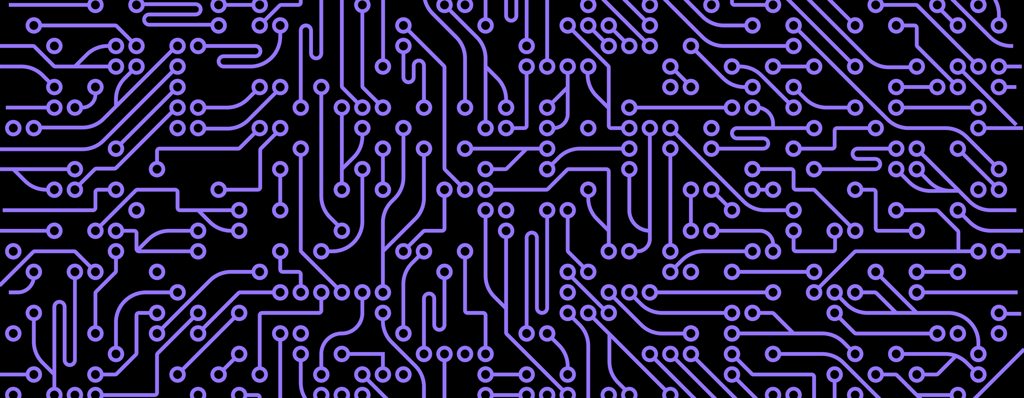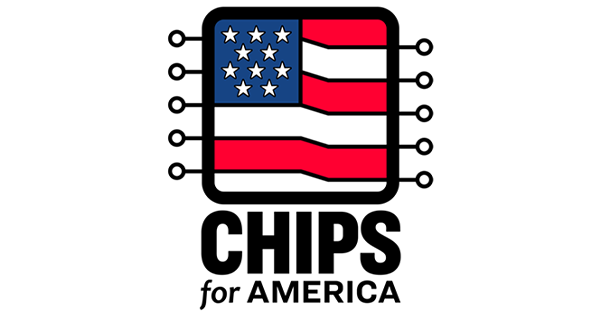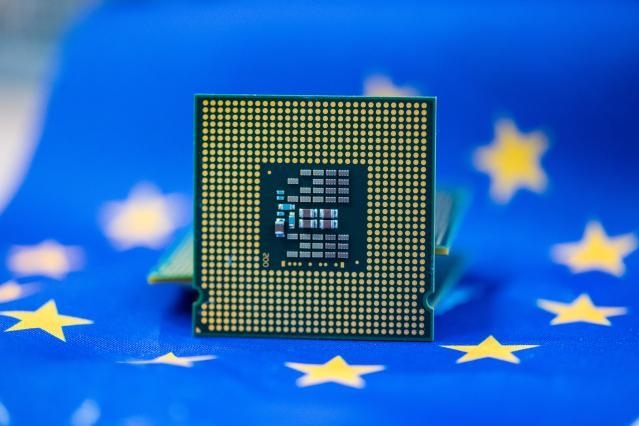Chips Initiatives

Get Involved
Chips Initiatives
Follow the latest news affecting the optics and photonics industry.
Get Involved
- Optica on Ukraine
- Awards & Honors
- Global Inclusivity
- Early Career Professional...
- Education Outreach
- Global Policy & Affairs
- Local Section
- Virtual Engagement
- Students
-
Technical Groups
- Bio-Medical Optics
- Fabrication, Design and Instrumentation
- Information Acquisition, Processing, Display and Perception
- Optical Interaction Science
- Photonics and Opto-Electronics
- Quantum
- Sensing
- Technical Group Leadership Volunteers
- Technical Group Webinars
- Technical Group Search
- Technical Group Prizes
- Simulight Optics Challenge
- Volunteer
- Optica on Ukraine
- Awards & Honors
- Global Inclusivity
- Early Career Professionals
- Education Outreach
- Global Policy & Affairs
- Local Section
- Virtual Engagement
- Students
-
Technical Groups
- Bio-Medical Optics
- Fabrication, Design and Instrumentation
- Information Acquisition, Processing, Display and Perception
- Optical Interaction Science
- Photonics and Opto-Electronics
- Quantum
- Sensing
- Technical Group Leadership Volunteers
- Technical Group Webinars
- Technical Group Search
- Technical Group Prizes
- Simulight Optics Challenge
- Volunteer
Chips Initatives
The below pages are no longer being updated. Consult official government resources for the most accurate and up-to-date information.

The US CHIPS Act
The US Chips & Science Act provides spending guidance for semiconductor incentives, workforce development and science and technology research.
Learn more about the act
The EU Chips Act
The EU Chips Act provides spending guidance for semiconductor incentives, workforce development and science and technology research.
Learn more about the act
About the US CHIPS Act
Enacted into law in August 2022, the US Chips & Science Act provides spending guidance on US$ 278 billion for semiconductor incentives, workforce development and science and technology research across a huge swath of new and existing federal programs. US$ 54.2 billion of this total is actual spending largely focused on the semiconductor ecosystem, whereas the remainder is only authorized to be spent if Congress grants permission and covers a far broader R&D portfolio.
The Act creates a “constellation of programs” that are still being organized, staffed, and designed by federal agencies.
According to NIST, "The CHIPS program is a marathon, not a sprint.” There are and will continue to be many opportunities for the optics and photonics community to shape, participate in and benefit from the new semiconductor incentive programs.
For questions about the US CHIPS Act, contact USCHIPS@optica.org, askchips@chips.gov or apply@chips.gov.
About the EU Chips Act
The European Chips Act was announced by the European Parliament in February 2022 as a response to global need to address the potential for supply chain shortages of semiconductors and other chips.
The proposed legislation would mobilise €43 billion in public and private investments including €3.3 billion in new direct funding aimed at creating “strategic autonomy” by boosting production and innovation and setting up emergency measures against chip shortages.
